Photo

Wild Sorel. Taken in Armstrong Redwoods State Natural Reserve, Guerneville, CA. July/August, 2016.
6 notes
·
View notes
Link
Abstract:
Background
Both acetabular undercoverage (hip dysplasia) and overcoverage (pincer-type femoroacetabular impingement) can result in hip osteoarthritis. In contrast to undercoverage, there is a lack of information on radiographic reference values for excessive acetabular coverage.
Questions/purposes
(1) How do common radiographic hip parameters differ in hips with a deficient or an excessive acetabulum in relation to a control group; and (2) what are the reference values determined from these data for acetabular under- and overcoverage?
Methods
We retrospectively compared 11 radiographic parameters describing the radiographic acetabular anatomy among hip dysplasia (26 hips undergoing periacetabular osteotomy), control hips (21 hips, requiring no rim trimming during surgical hip dislocation), hips with overcoverage (14 hips, requiring rim trimming during surgical hip dislocation), and hips with severe overcoverage (25 hips, defined as having acetabular protrusio). The hips were selected from a patient cohort of a total of 593 hips. Radiographic parameters were assessed with computerized methods on anteroposterior pelvic radiographs and corrected for neutral pelvic orientation with the help of a true lateral radiograph.
Results
All parameters except the crossover sign differed among the four study groups. From dysplasia through control and overcoverage, the lateral center-edge angle, acetabular arc, and anteroposterior/craniocaudal coverage increased. In contrast, the medial center-edge angle, extrusion/acetabular index, Sharp angle, and prevalence of the posterior wall sign decreased. The following reference values were found: lateral center-edge angle 23" to 33", medial center-edge angle 35" to 44", acetabular arc 61" to 65", extrusion index 17% to 27%, acetabular index 3" to 13", Sharp angle 38" to 42", negative crossover sign, positive posterior wall sign, anterior femoral head coverage 15% to 26%, posterior femoral head coverage 36% to 47%, and craniocaudal coverage 70% to 83%.
Conclusions
These acetabular reference values define excessive and deficient coverage. They may be used for radiographic evaluation of symptomatic hips, may offer possible predictors for surgical outcomes, and serve to guide clinical decision-making.
Level of Evidence Level III, diagnostic study
0 notes
Text
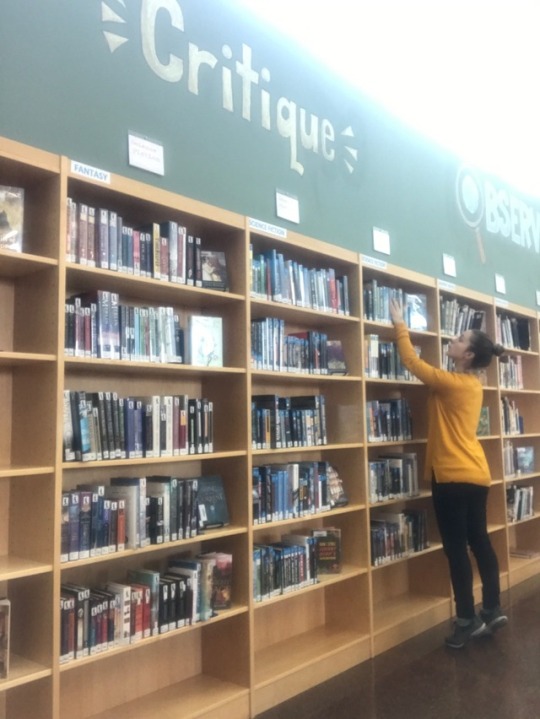
Reading is everything. Read to stay informed, to educate yourself, to limit screen time (guilty), and to visit other worlds.
3 notes
·
View notes
Text
Climate change is real and an imminent threat. I will never not post this.
Global Temperature by the Numbers
The Year
4th Hottest
2018 was the fourth hottest year since modern recordkeeping began. NASA and the National Oceanic and Atmospheric Administration work together to track temperatures around the world and study how they change from year to year. For decades, the overall global temperature has been increasing.

Over the long term, world temperatures are warming, but each individual year is affected by things like El Niño ocean patterns and specific weather events.
youtube
1.5 degrees
Globally, Earth’s temperature was more than 1.5 degrees Fahrenheit warmer than the average from 1951 to 1980.

The Record
139 years
Since 1880, we can put together a consistent record of temperatures around the planet and see that it was much colder in the late-19th century. Before 1880, uncertainties in tracking global temperatures were too large. Temperatures have increased even faster since the 1970s, the result of increasing greenhouse gases in the atmosphere.
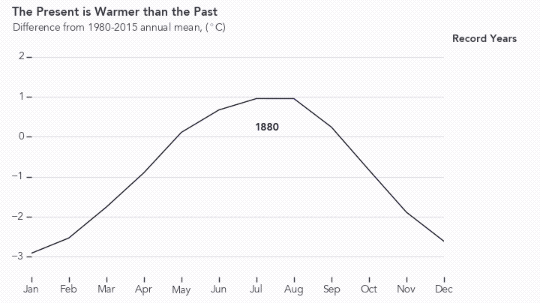
Five Hottest
The last five years have been the hottest in the modern record.

6,300 Individual Observations
Scientists from NASA use data from 6,300 weather stations and Antarctic research stations, together with ship- and buoy-based observations of sea surface temperatures to track global temperatures.

The Consequences
605,830 swimming pools
As the planet warms, polar ice is melting at an accelerated rate. The Greenland and Antarctic ice sheets lost about 605,830 Olympic swimming pools (400 billion gallons) of water between 1993 and 2016.

8 inches
Melting ice raises sea levels around the world. While ice melts into the ocean, heat also causes the water to expand. Since 1880, sea levels around the world have risen approximately 8 inches.

71,189 acres burned
One symptom of the warmer climate is that fire seasons burn hotter and longer. In 2018, wildfires burned more than 71,189 acres in the U.S. alone.

46% increase in CO2 levels
CO2 levels have increased 46 percent since the late 19th Century, which is a dominant factor causing global warming.

5K notes
·
View notes
Text
Keep your eyes up and your toes up...,And it doesn’t hurt to use your abs
While out cross country skiing after a few inches of fresh fallen snow it dawned on me, especially when going uphill on my cross-country skis, lifting your toes up definitely pushes the head of the first metatarsal down and helps you to gain more purchase with the scales on the bottom of the skis. It also helps to press the center portion of the camber of the ski downward so that you can get better traction. Thinking about this further, lifting your toes up also helps you to engage your glutes to a greater degree.
Try this: stand comfortably with your knees slightly flexed. Lift up your toes leaving the balls of your feet on the ground. Do you feel the first metatarsal head going down and making better contact with the ground? Can you feel your foot tripod between the head of the first metatarsal, head of the fifth metatarsal and the calcaneus? Now let your toes go down. Squeeze your glute max muscles. You should still be able to fart so don’t squeeze the sphincter. You can palpate these muscles to see if you’re actually getting to them. You can do this by placing your hands on top of your hips with your fingers calling around forward like when your mom used to put her hands on her hips and yell at you. Now relax with your toes up again leaving the balls of your feet on the ground. Now engage your glutes. See how much easier it is?
Now stand with your feet flat on the ground and put your hands on your abs, specifically your external obliques. Now raise your right leg. Do you feel your external oblique engage? Now, lift your toes up leaving the balls of your feet on the ground. Now lift your leg. Do you feel how much more your abs engage?
Little tricks of the trade. That’s why you listen here and why your patients/clients come to see you. Now go out and do it!
Dr. Ivo, one of The Gait Guys
#gaitanalysis, #crosscountryskiing, #skiing, hallux, #engage, #abs
5 notes
·
View notes
Text
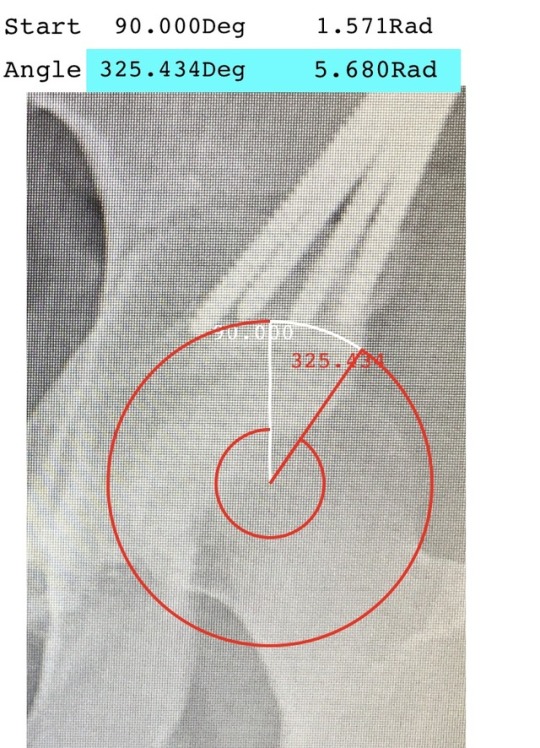
This is my corrected L hip! Looks pretty much the same as the other hip, right? Slightly shallow but overall okay. According to the protractor app, my L hip LCEA is now measuring around 35 degrees. Before the surgery it was about 21 degrees, which is better than my R side but still dysplastic. 21 to 35 degrees and 9 to 32 degrees is amazing. Hooray for modern medicine!
Also, check out that osteotomy gap and bone graft! My surgeon is a master of precision. Fun fact when I asked him how much force it took to break the pelvis during the procedure, he wouldn’t give me a numerical value. Instead he gave me a look and said, “I usually break a sweat”. Not only that but he uses a crazy big bone chisel! That, of course, he refused to show me.
0 notes
Text

For those of you interested, this is a close-up of my corrected R hip. I downloaded a protractor app and measured the lateral center edge angle (LCEA). As you can see, the LCEA measures at just over 30 degrees, which is well within a normal value (normal hips measure anywhere from 25-40 degrees). When you look at the socket itself, you can see how shallow it is. Normal hips curve around the femoral head more closely and create a “cup” for the head of the femur. This is still far better than it had been! I went from an LCEA of 9 degrees to almost 32 degrees! Certainly not perfect - I still have aches and pains - but much better. The white lines up top are the 4 screws that held my osteotomy in place directly post-op.
0 notes
Text

Cycle Ergometer Program. 27 y.o. F, 154lb/70kg, HRrest 67bpm, HRmax 195bpm, VO2max 26ml/kg/min, fitness level: poor, EX 3-4d/week. Goal: program initial/improvement/maintenance phases. 10 week program. Solved for:
Intensity (% VO2R & % HRR range)
kgm/min
Power output (watts)
METs
Net kcal/min
Time (minutes/day)
Frequency (days/week)
Weekly net kcal
2 notes
·
View notes
Text
Science!
I can’t decide if the best part about science is using math to quantify data/using statistics to represent data relationships, OR understanding the complex mechanisms of physiology and biophysics! To my zero followers (lol), any thoughts?
On one hand, biomechanics is fascinating in purely an entertainment sense. BUT, where would the discipline of biomechanics be without math to explain and represent what is studied?
0 notes
Photo
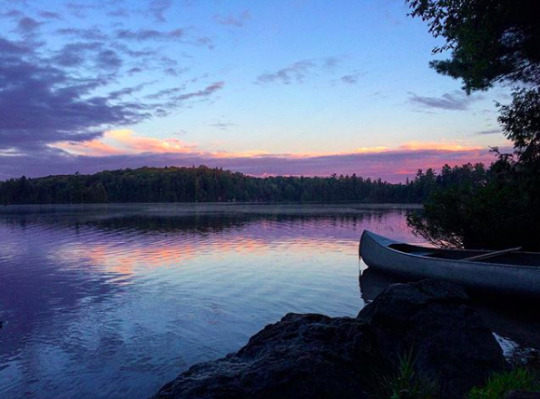
Craig Lake State Park. Champion, MI. August 2017.
1 note
·
View note
Text

It’s a little beat up (read: well-loved). American College of Sports Medicine - Tenth Edition - Guidelines for Exercise Testing and Prescription. It has become a go-to resource for many of my classes.
0 notes
Text


I am taking two classes this semester - Exercise Programming and a senior thesis - to finish my BS by April while I recover from my recent hip surgery. This week in Programming we are calculating cardiovascular programming case studies. It involves a lot of math, which I love!
On a more personal note, part of me is a little bummed I can’t use this knowledge on myself and my cardiovascular health just yet, but I am hopeful I will be able to do my own programming in the future when my hips are healed.
If we lose hope, what do we have left?
#exercise#programming#exerciseprogramming#health#cardiovascularhealth#exercisescience#kinesiology#science
0 notes
Photo

I painted this almost a year ago, March 2018. We had a live model come in and pose during watercolor class. I really enjoyed drawing the human figure and being able to accentuate musculature with different colors and shades of paint. I call this one: ITN (In the Nude). I hope to paint more soon. I haven’t really felt like it recently. My artistic side has retreated since surgery.
2 notes
·
View notes
Photo

August 2017. We were in Calumet for Kevin’s brother’s wedding. This is us at sunset on Lake Superior.
0 notes
Photo
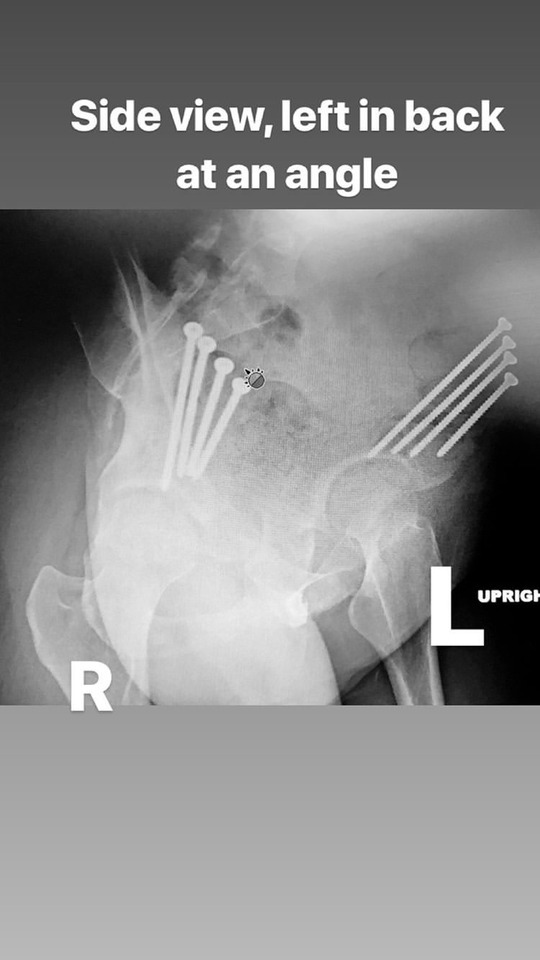
Here is a recent X-ray image. It is taken from the right side at an angle. You can see the healing pubic arch fracture on my R hip as well as the new osteotomy sites on the L. From this angle, my hip sockets look nice and round, the femoral heads fit nicely in the acetabulum. From other angles, it is clear the socket itself is quite shallow and the femoral head is much too large for the acetabulum. This is characteristic of hip dysplasia. To elaborate, dysplasia is an umbrella term. It simply means the hip joint has not developed properly. There are many variations in size, depth, shape, and severity of the condition.
0 notes
Photo
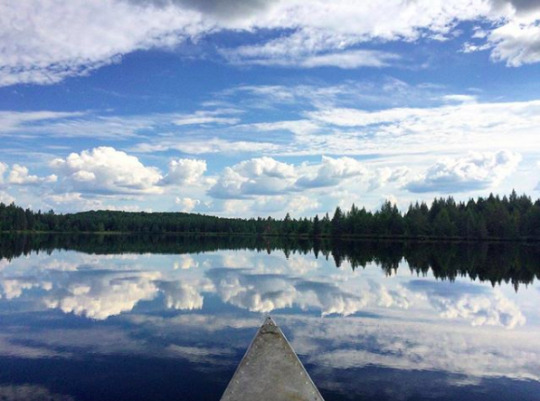
This was one of my last happy memories. We were backpacking at Craig Lake State Park near Michigamme, MI. We portaged our canoe from Craig Lake to Crooked Lake. There were no other people on this lake- we had the whole of it to ourselves. We found an island to rest and eat lunch. I swam; the water was crisp and cold and still. It looked like I was swimming in the clouds. I had a fear of swimming in deep water at the time; later I would find out there is a population of large Muskellunge fish in the lakes. It was invigorating to challenge myself. I felt strong and happy.
0 notes
Photo

Common Tansy. This photo was taken in Calumet, MI. on August 19th, 2017. Tansy is fun to photograph because of its color and detail.
0 notes